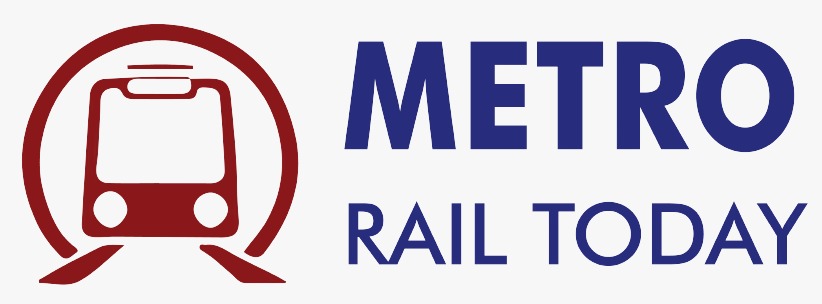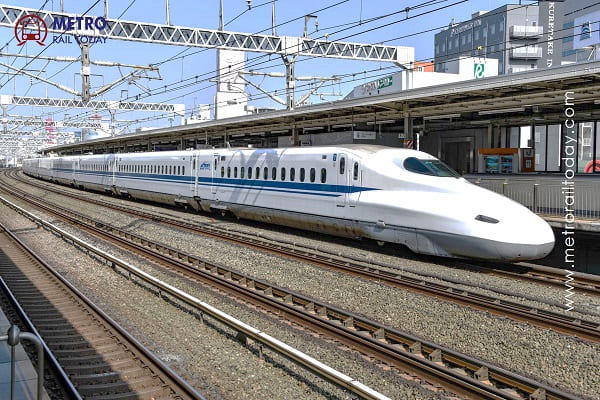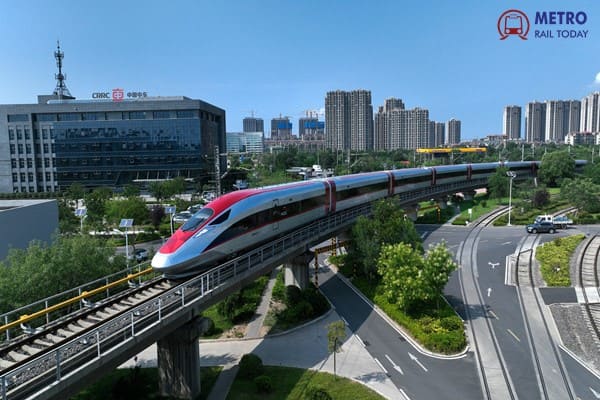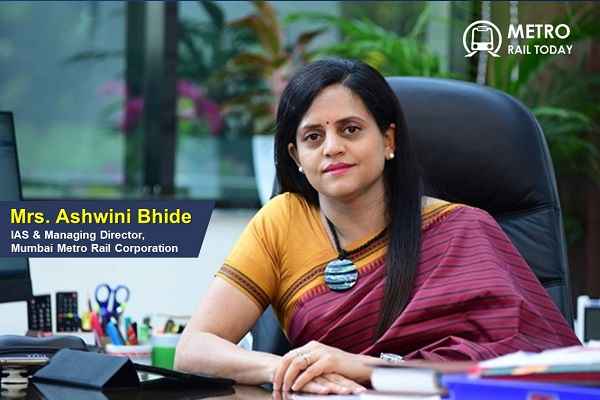 How Ashwini Bhide’s vision shaped Mumbai Metro Line 3 and redefined Urban Mobility?
How Ashwini Bhide’s vision shaped Mumbai Metro Line 3 and redefined Urban Mobility?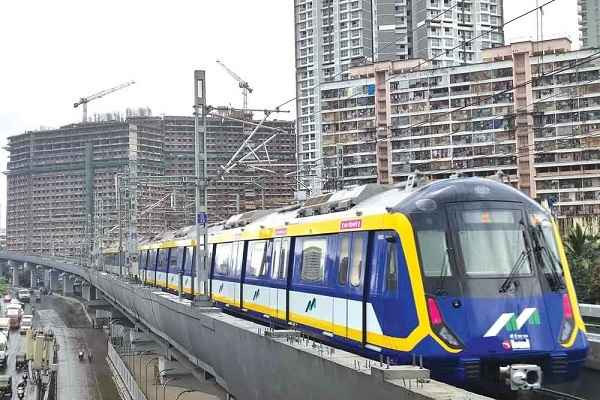 Titagarh Rail Systems Bags ₹2,481 Crore Rolling Stock Contract for Mumbai Metro Line 5
Titagarh Rail Systems Bags ₹2,481 Crore Rolling Stock Contract for Mumbai Metro Line 5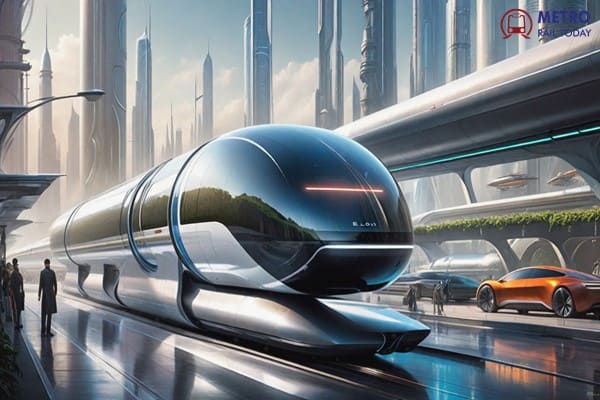 DP World, Deendayal Port and Nevomo join hands to Pilot Magnetic Rail Cargo Movement in India
DP World, Deendayal Port and Nevomo join hands to Pilot Magnetic Rail Cargo Movement in India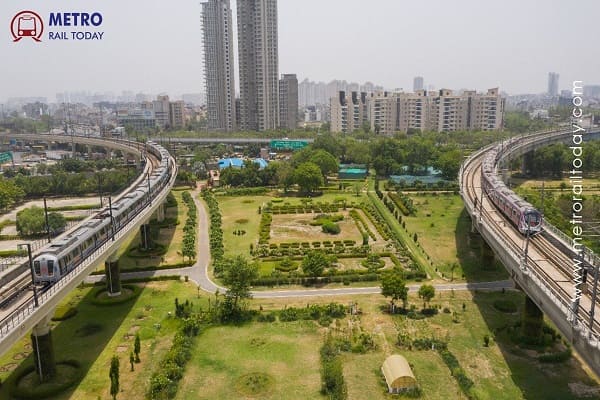 DMRC signs MoU with MapMyIndia to intergrate Delhi Metro Rail Network with Mappls App
DMRC signs MoU with MapMyIndia to intergrate Delhi Metro Rail Network with Mappls App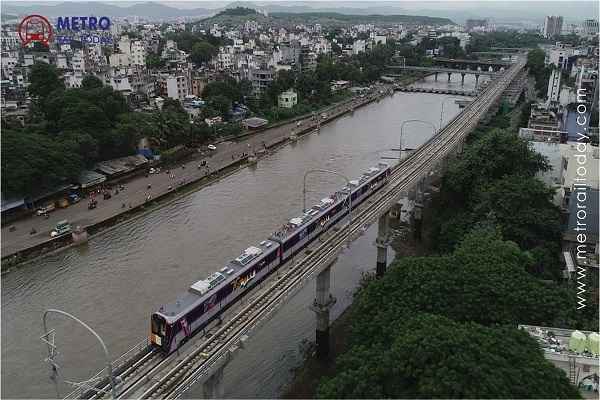 Maharashtra approves Tripartite MoU for Pune Metro Phase 2 Extensions
Maharashtra approves Tripartite MoU for Pune Metro Phase 2 Extensions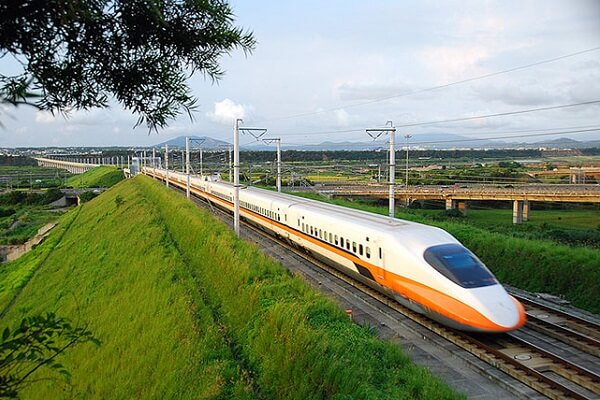 Andhra Pradesh proposes Bullet Train Link to connect Amaravati International Airport
Andhra Pradesh proposes Bullet Train Link to connect Amaravati International Airport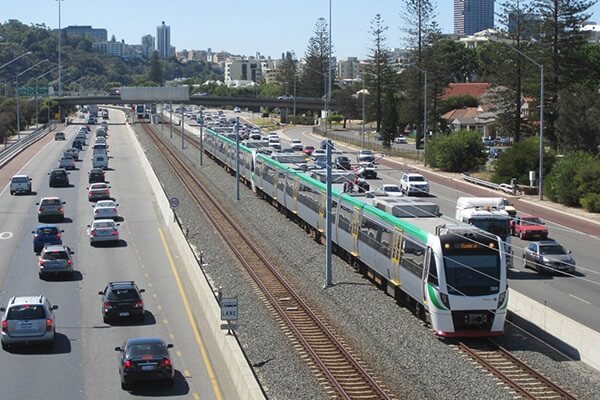 SYSTRA acquires BG&E to strengthen Engineering Expertise in Australia and beyond
SYSTRA acquires BG&E to strengthen Engineering Expertise in Australia and beyond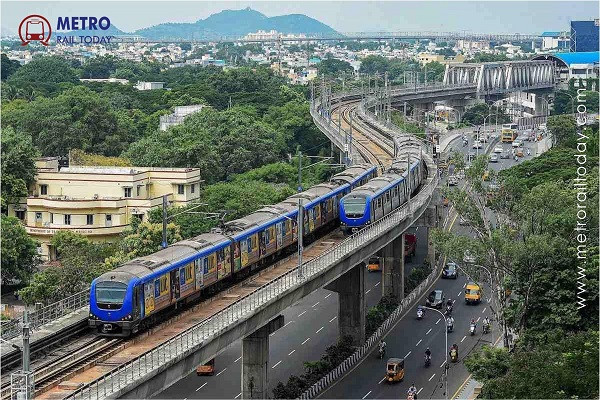 100% Precast work completed for viaduct of Chennai Metro Corridor 4
100% Precast work completed for viaduct of Chennai Metro Corridor 4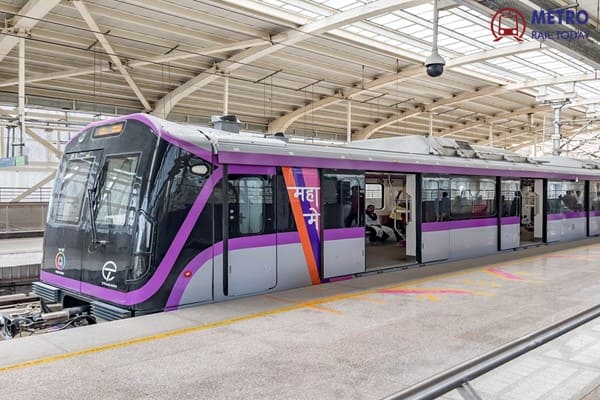 Adani Group bags ₹16.44 Billion Pune Metro Contract for Swargate–Katraj Underground Section
Adani Group bags ₹16.44 Billion Pune Metro Contract for Swargate–Katraj Underground Section MEMCO and United Trans join hands to strengthen Passenger Rail Solutions across Middle East
MEMCO and United Trans join hands to strengthen Passenger Rail Solutions across Middle East
Japan's E10 Shinkansen Trains set to redefine High-Speed Rail in Japan and potentially India
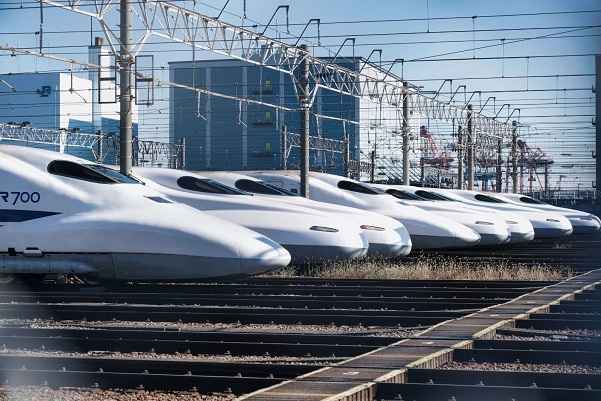
On March 4, 2025, East Japan Railway Company (JR East) unveiled plans to develop its next-generation E10 series trains for the Tohoku Shinkansen High-Speed Rail (HSR), with commercial operations scheduled to begin in fiscal year 2030. The new E10 trains are designed to replace the existing E5 and E2 series trains, which currently serve the Hayabusa, Hayate, Yamabiko, and Nasuno services connecting Tokyo to the Tohoku region on Japan's northeastern Honshu island.
The E10 will maintain the high-speed capabilities of its predecessors, with a maximum commercial operating speed of 320 km/h, the same as the E5 series. However, the new design promises several cutting-edge features aimed at improving both performance and passenger comfort.
Innovative Design and Features
One of the standout features of the E10 series is its striking exterior and interior design. The exterior livery of the train will draw inspiration from the vibrant landscape of the Tohoku region, incorporating shades of bright green and dark green that evoke the area's mountainous terrain. The design consultancy Tangerine, a non-Japanese design firm, was selected to work on the E10’s design—marking the first time Japan has entrusted an international firm with the design of one of its iconic bullet trains. Tangerine will oversee both the train's exterior and its sophisticated interior, which includes distinct passenger classes designed to cater to various traveler needs.
Cutting-Edge Technology
In terms of safety and performance, the E10 series will introduce several advancements. The train will incorporate technologies that have already been validated in the ALFA-X test train, which serves as a prototype for the next generation of Shinkansen. The new E10 series trains will feature a braking distance that is 15% shorter compared to current models. Additionally, they will be equipped with new devices designed to absorb earthquake vibrations and prevent derailments, further enhancing passenger safety.
The trains will also include innovations aimed at improving the passenger experience. Carriages will feature two rows of seats, ideal for those wishing to work or study during their journey. These seats will come with power outlets, USB ports, and partitions for improved sound insulation and privacy. The E10 will also include a dedicated luggage door in car No. 5, which will accommodate the hako-byun train luggage transportation service. This will ensure a smoother flow of passengers and luggage while keeping the areas for loading and unloading separate from the regular passenger traffic.
Timeline for Launch
The first E10 series trainset is expected to be completed in autumn 2027, with mass production beginning shortly thereafter. These new trains are scheduled to enter commercial service in 2030, marking a significant milestone in the continued evolution of Japan's high-speed rail network.
Potential for India’s High-Speed Rail Project
In a related development, India is reportedly considering the adoption of the E10 trains for its own high-speed rail network currently under construction. According to a source close to the Indian government, India’s National High Speed Rail Corporation (NHSRC) is in discussions with Japan to acquire 24 E10 trains, each with 10 cars. These trains would be deployed on the Mumbai-Ahmedabad high-speed rail corridor, a project slated for partial operation in 2027.
During a visit to Tokyo in December 2024, Indian Railways Minister Ashwini Vaishnaw received a proposal from Japan to use the E10 trains for the Mumbai-Ahmedabad project. The Indian government is now considering a fresh intergovernmental agreement, with Prime Minister Narendra Modi’s upcoming visit to Japan likely to coincide with the signing of this partnership.
India’s high-speed rail project is a joint venture with Japan, dating back to a deal signed in 2015, and has already faced several challenges, including delays in land acquisition and rising project costs. Originally, India planned to use Japan's E5 series trains for the corridor, but with the introduction of the E10, the trains’ specifications will be adjusted to suit the Indian climate and operational requirements. The E10 series is expected to be operational in India by 2032, with the trains being partially manufactured in India, as requested by Indian authorities.
Economic Implications and Future Prospects
The Mumbai-Ahmedabad high-speed rail line is projected to cover a distance of approximately 500 kilometers, significantly reducing travel time between the two cities. The project, originally estimated at around 1.8 trillion yen ($12 billion), is largely funded by a Japanese loan, covering 80% of the costs. However, the rise in labor costs and the higher safety standards required by Japan have led to an increase in project expenses, which has sparked some resistance from Indian authorities. As a result, the cost adjustments associated with incorporating the E10 trains may further impact the project's financial outlook.
Despite these challenges, the adoption of the E10 series trains for the Mumbai-Ahmedabad corridor could enhance the quality and safety of India’s high-speed rail system, bringing cutting-edge Japanese technology to one of the world’s fastest-growing rail markets. India’s decision to use the E10 will also serve as a testament to the long-standing cooperation between Japan and India in developing high-speed rail infrastructure.
Conclusion
The development of the E10 Shinkansen trains by JR East represents the next major leap in Japan's high-speed rail technology, blending performance, safety, and comfort into one advanced package. With an expected launch in 2030, the E10 will not only continue Japan’s legacy of pioneering high-speed rail but may also play a crucial role in India’s burgeoning high-speed rail network. As the project progresses, the collaboration between Japan and India could serve as a model for future international high-speed rail ventures, showcasing the potential for technological exchange and innovation in the rail sector.
